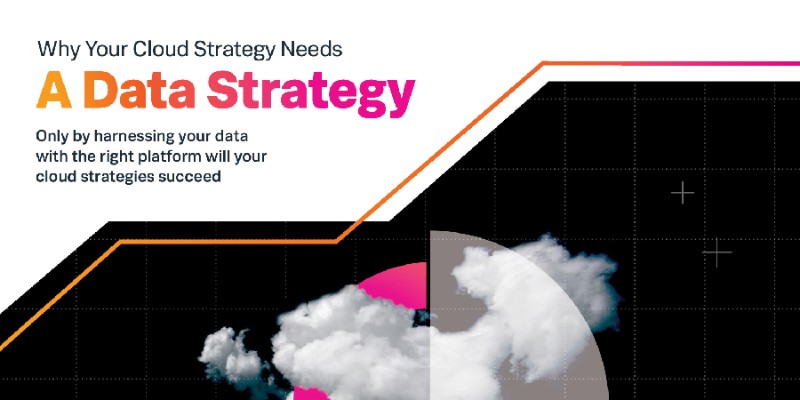Why Your Cloud Strategy Needs A Data Strategy
Published on 09 May 2021

The Digital Transformation Journey
The initial surge for the adoption of cloud technologies was largely due to the cost benefits. A secondary reason was the potential benefits and opportunities. However, today organizations are rushing to move to the cloud to keep up with new competitors that are digital native from the beginning.
Digital transformation is no longer just a buzzword touted by IT enthusiasts. Leaders across organizations have recognized the importance of updating existing infrastructure and process to take advantage of latest technologies. Today, every organization is a digital organization in some form or another. Much of this transformation is driven by changing customer expectations. Today users want their banks to provide an experience similar to Venmo. They expect their experiences with all retailers to be on par with that of Amazon. Employees also expect similar experiences from their workspace.
- Along with meeting user expectations the cloud has other significant benefits:
- SAAS apps are easier to use and set up as compared to complex on-premise hardware systems
- Scaling cloud systems is significantly easier than purchasing new hardware when required
- Cloud systems can generally be set up and run at lower costs
Due to the variety of services available, cloud technologies can be adopted by businesses regardless of their size or scope of their requirements. By moving to the cloud, organizations can use their time and resources to focus on activities that will help the business distinguish itself instead of maintaining complex internal IT systems.
What should a good cloud strategy have:
To get the full benefits of the cloud, organizations should create a cloud strategy that- Provides real-time visibility into the health and performance of critical business workloads that are running in the cloud, as well as the cloud services themselves
- Controls costs to realize economic benefits as demands also grow
- Maintains a strong security posture in the cloud
- Confidently adopts and operationalizes emerging cloud-native technologies and best practices to accelerate innovation
Current Challenges Organizations are Facing with Cloud Systems
Moving to the cloud is not as simple as it may appear. It comes with its own complexities. Organizations are never in one state of their transformation journey. At many organizations there is a mix of apps and services that are fully in the cloud, partially in the cloud or are still running on premise. IT teams need to monitor and manage services that are on multi cloud environments along with maintaining the company’s legacy infrastructure. It these systems are not managed well; the cost can quickly get out of hand as many cloud services are on consumption-based pricing models. Having a mixed environment also means that are greater interdependencies and hence greater changes of failure. The downtime organizations face when something does go wrong as the available tools are not appropriate and teams have limited visibility.
Creating a Data Strategy Along with a Cloud Strategy
A Splunk and ESG report shows that organizations that are committed to using data across their businesses realize a 12.5% greater profit growth rate than those that don’t. Data can help IT Teams get more visibility to their systems and take appropriate action before there is a failure. The Data-to-Everything™ platform by Splunk is designed to help organizations no matter where they are in their transformation journey. Download this whitepaper to learn more about the role that data can play in effective cloud adoption.
